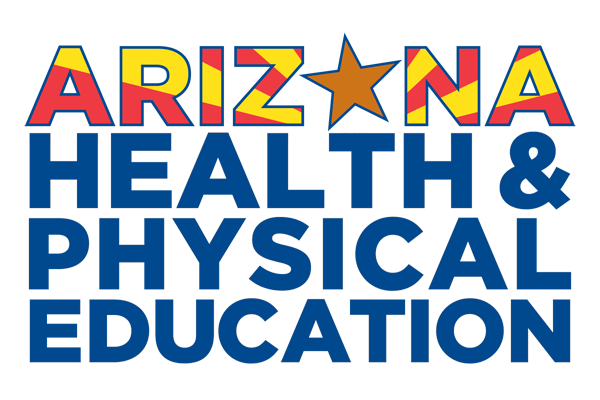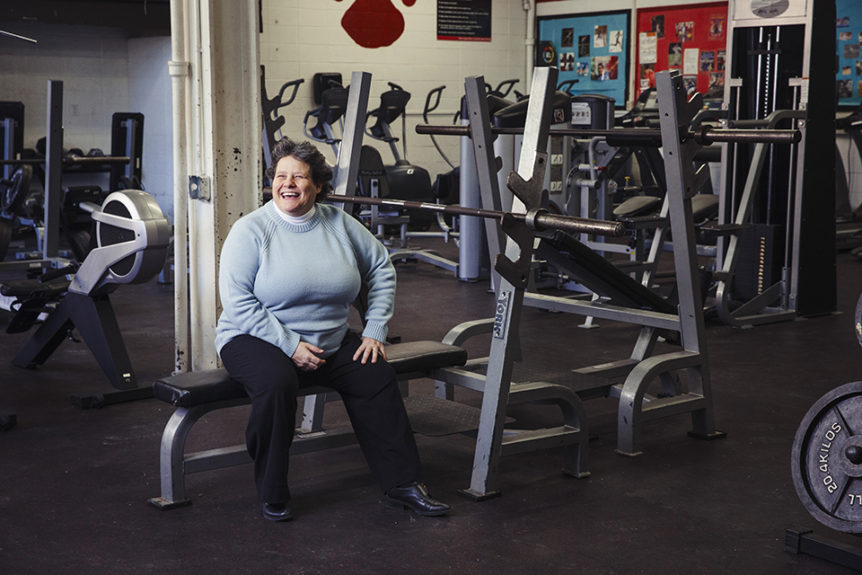Chronic absenteeism – missing at least 15 school days each year, as noted in this article by The Brookings Institution – is an old problem in search of new answers.
From bad grades to bullying, mental or emotional issues to difficulties with basic needs such as housing and food, there are many reasons why children are absent. It’s a multi-faceted problem that principals around the country face; however, not every principal thinks to ask their health and physical education teacher for advice.
If this scenario sounds familiar, I want to encourage you to change their mind.
Why? Because as a health and physical education teacher you hold the key to some intervention strategies for student attendance and academics. According to a 2015 brief from the National Collaborative on Education and Health, providing students with healthy school environments, including regular access to physical education and physical activity, is an important strategy for addressing chronic absenteeism.
It all starts with you – the qualified health and physical educator in the classroom. You are the leader who is promoting a school culture where all children are encouraged to engage in 60 minutes or more of moderate-to-vigorous physical activity every day.
As a SHAPE America member, you are also cultivating strong peer-to-peer connections at the local, state and national level. You ensure there is an effective, standards-based physical education program in your school and play a role in making it part of a comprehensive school physical activity program (CSPAP), providing adequate physical activities for children before, during and after school. An approach that has helped schools across the country to realize gains in attendance and academic focus.
Health educators, you also play an important role in facilitating education and conversation about the effects of sleep, stress and nutrition using skills-based health education tools. Your guidance helps children learn to be “fully” present in school.
Given all that you bring to the conversation, don’t shy away from gathering the data and talking to your principal about ways health and physical education can help students thrive. Remember, in addition to the education you provide to your students, you are also the health and physical activity expert in your school, so go ahead and show off every once and a while!

